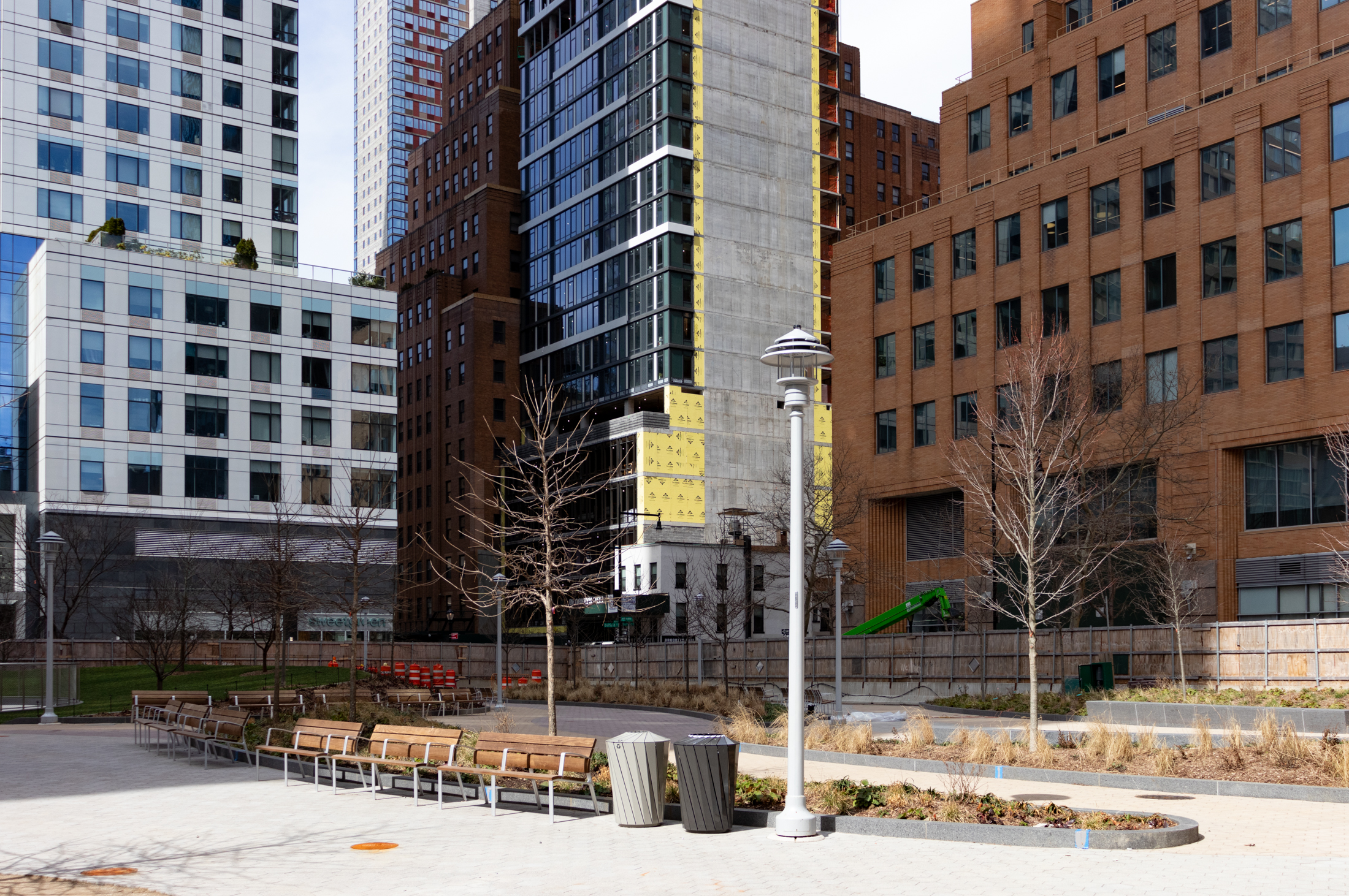Building of the Day: 112 Schermerhorn Street
Brooklyn, one building at a time. Name: Brooklyn Friends School, now Pacific High School Address: 112 Schermerhorn Street Cross Streets: Boerum and Smith Streets Neighborhood: Downtown Brooklyn Year Built: 1902 Architectural Style: Romanesque Revival Architect: William B. Tubby Other buildings by architect: Former Bklyn Board of Charity building, Schermerhorn, Court and Boerum, 405 Clinton Ave,…

Brooklyn, one building at a time.
Name: Brooklyn Friends School, now Pacific High School
Address: 112 Schermerhorn Street
Cross Streets: Boerum and Smith Streets
Neighborhood: Downtown Brooklyn
Year Built: 1902
Architectural Style: Romanesque Revival
Architect: William B. Tubby
Other buildings by architect: Former Bklyn Board of Charity building, Schermerhorn, Court and Boerum, 405 Clinton Ave, and 229 Clinton Ave, the Charles Pratt House.
Landmarked: No
The story: The Brooklyn Friends School was founded in 1867 by the Society of Friends, or Quakers. Their landmarked meeting hall is just next door to this building, built in 1857. The first school was conducted in the meeting hall itself, and had a class of 17 students, both boys and girls. It soon became evident, as the enrollment grew over the years, that they needed to have their own school building, and plans were made to build on adjacent land, which the Quakers wisely bought years before.They hired William B. Tubby, one of Brooklyn’s finest architects,
also the designer of the Brooklyn Board of Charity Building a block up the street, between Boerum and Court. Like that building, the school is a sturdy Romanesque Revival brick building, which originally was only two floors and a basement. Tubby was a master of Romanesque Revival, and some of his buildings, including the Charles Pratt Mansion, on Clinton Avenue, are considered among the finest buildings in Brooklyn.
The Friends added a kindergarten in 1902, a high school, in 1907, and by 1917, had to add a gym. Still growing, the school replaced the brownstone next door with the Phoebe Anna Thorne High School, in 1920, a gift from her family. In 1926, another growth spurt added the third floor to the main building, so well done; it doesn’t seem to be an addition at all.
By 1947, Brooklyn Friends School was now one of the most progressive private schools in Brooklyn. As a Quaker institution, they had always been in the forefront of social justice, and were integrated and co-ed long before it was popular in the general society to be so. However, the cause of “Justice” was almost their doom. The City of New York, never one to see the purpose of preserving historic buildings, unless forced to, (long before landmark laws) was set to tear down not only the school buildings, but also the original Friends Meeting House, in order to build a state of the art jail to replace the aging and infamous Raymond St. Jail. Since the Friends complex was right next door to the Central Courthouse, it seemed a natural thing to do. Fortunately, the Friends were able to convince the City to take the lots facing Atlantic Avenue instead, which they already had rights to, and the jail was built there. In 1981, the Quaker Meeting House was designated an individual landmark.
By 1970, the school buildings were packed to overflowing, and needed renovation and work. The Friends School purchased the old Brooklyn Law School building on nearby Pearl Street, and by 1973, had transferred the entire school to that location. They still own the original meeting hall, which is still used for worship space and community events. The school building was leased to the City of New York’s Board of Education, whose rent allows the Friends an income to do many good works.
The old Friends School became home to the Pacific High School, a transfer school for older students. Today, the building is home to the Brooklyn Frontiers High School, geared to help kids held back two or more years in elementary and middle school. There are plans to phase Pacific HS out completely by next year. GMAP










An interesting note (to me) this school was one of the last that I knew of that heated with coal. It was so odd to see them shoveling coal into the basement in the mid 90’s.
An interesting note (to me) this school was one of the last that I knew of that heated with coal. It was so odd to see them shoveling coal into the basement in the mid 90’s.
The Friends Meeting House is a gem inside and out. The adjacent Tubby building plays a good supporting role and does not upstage the smaller hall. Interesting story about the jail. The Friends must have had strong political clout back then.
I imagine that today there are not too many Quakers left to use the hall, which is pretty large.
The Friends Meeting House is a gem inside and out. The adjacent Tubby building plays a good supporting role and does not upstage the smaller hall. Interesting story about the jail. The Friends must have had strong political clout back then.
I imagine that today there are not too many Quakers left to use the hall, which is pretty large.